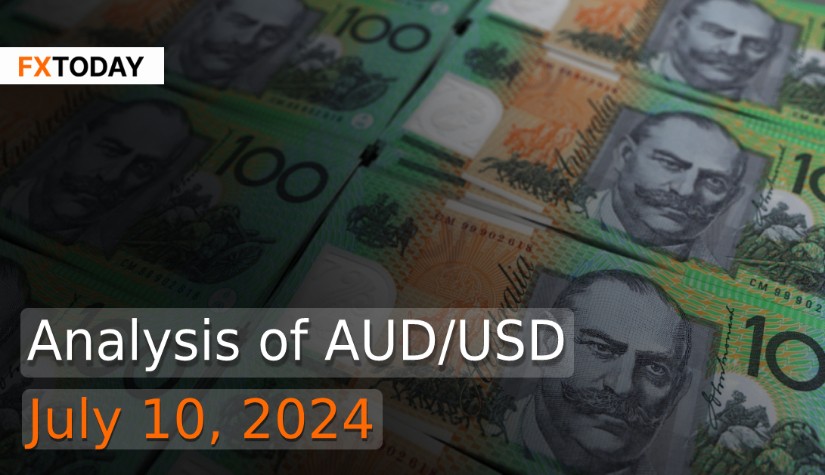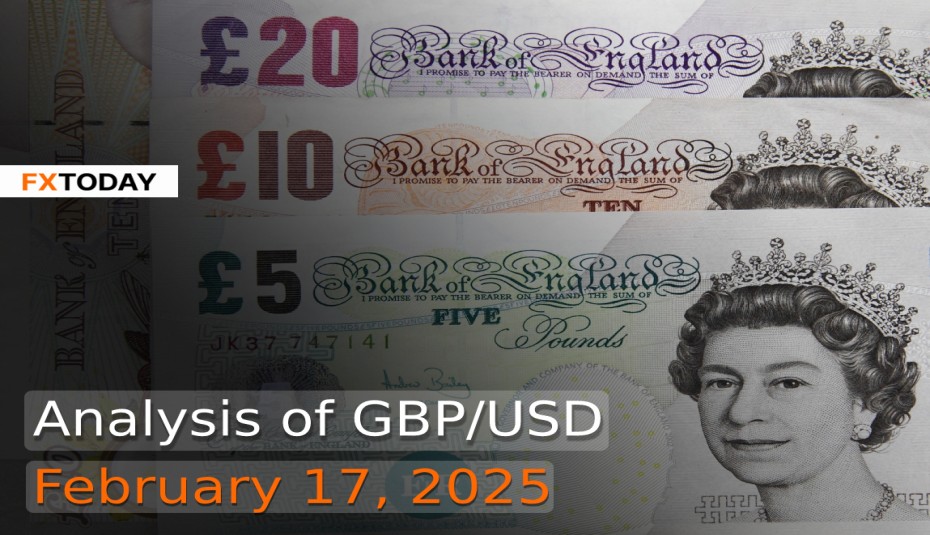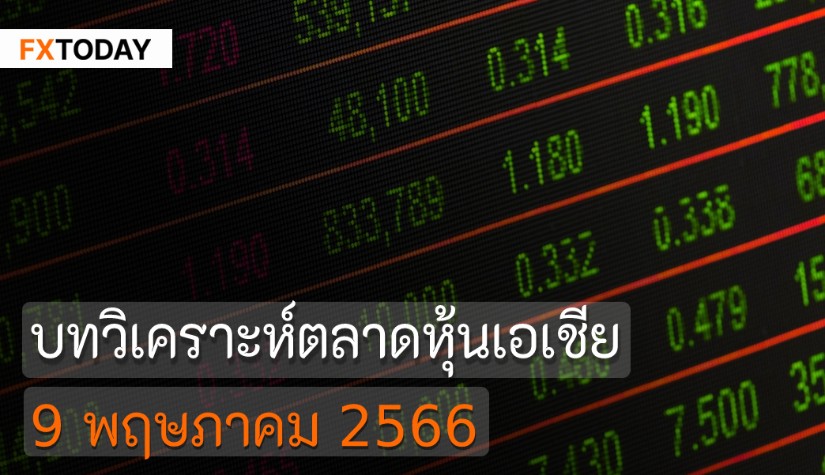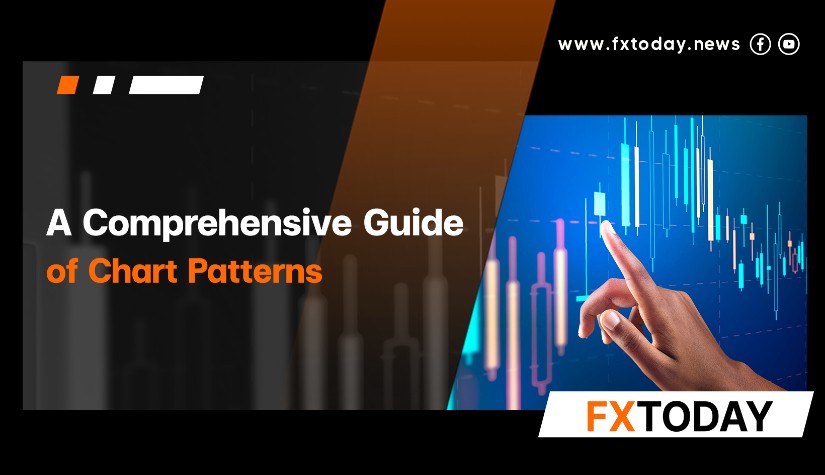RBA's Hawkish Stance Amid Persistent Inflation Spurs Rate Hike Speculations
Despite keeping the cash rate at 4.35%, the RBA adopted a more hawkish stance than anticipated. This was driven by consumer price index inflation exceeding expectations for three months and core inflation remaining above the 2-3% target. The RBA still anticipated inflation would ease to its target by 2026. The board highlighted that achieving this goal without significant employment disruption was increasingly challenging. Analysts from UBS predict potential rate hikes by August if inflation and labor market strength persist, with a rate cut expected in April 2025.
Australian consumer sentiment declined in early July, nearing its lowest level since the COVID-19 pandemic. The Westpac-Melbourne Institute consumer sentiment index dropped 1.1% in July, following a 1.7% rise in the previous month. This decline is attributed to three months of higher-than-expected inflation, leading to expectations that the Reserve Bank of Australia (RBA) might raise rates further this year and maintain higher rates longer than anticipated.
Despite recent tax cuts, fears of inflation and higher interest rates overshadow any optimism, affecting household finances and consumer spending. High interest rates also increase mortgage rates and rents, keeping consumer sentiment subdued for over a year.
In June, Australian home prices rose for the seventeenth consecutive month despite high interest rates, a cost-of-living squeeze, and tight lending conditions, according to property consultant CoreLogic. Retail sales in May grew more than expected, driven by end-of-financial-year promotions, but overall spending remained stagnant due to high inflation and interest rates. Despite discounting and sales events, underlying spending remained flat. However, the modest rise in retail spending indicates some consumer resilience, potentially complicating inflation forecasts.
Australia's trade balance in May fell. Exports rose 3.9% month-on-month after a sharp decline in the previous month, but key commodity exports like iron ore and metals remained weak due to sluggish demand from China. Imports also grew 3.9% month-on-month, driven by consumer goods and automobiles. Weak export demand from major markets in Asia and Europe has kept export growth subdued, affecting the country's commodity producers.
Australian job advertisements decreased for the fifth consecutive month in June, reflecting easing labor demand amid high interest rates and a slowing economy. The decline in job ads for cleaners, tradespeople, and food service workers contributed to the overall decrease. The upcoming jobs report on July 18 will be crucial for assessing labor market strength.
On Wednesday, the dollar strengthened after Federal Reserve Chair Jerome Powell hinted that interest rate cuts are not imminent, requiring "greater confidence" that inflation will move toward the 2% target. Speaking to Congress, Powell noted a cooling job market, highlighting the need to balance both inflation and economic risks.
Powell indicated that the U.S. economy is no longer overheated and that the labor market has stabilized to pre-pandemic levels. Despite the upcoming presidential election and political pressures, Powell reaffirmed the Fed's independence and data-driven approach to policy. Analysts suggest this stance might lead to a rate cut as early as September, with traders estimating a 73% chance of such a move.
In June, U.S. small-business confidence rose to a six-month high, according to the National Federation of Independent Business (NFIB). Despite inflation worries and higher borrowing costs, more businesses plan to raise worker compensation, although job openings have slightly decreased. The labor market remains tight in specific sectors, with an overall loosening trend indicated by a rise in the unemployment rate to 4.1%. Consequently, the AUD/USD currency pair typically fluctuates within a broad range during this period, with the AUD's appreciation anticipated to remain constrained in the medium term.
Data for Technical Analysis (1D) CFD AUD/USD
Resistance : 0.6748, 0.6754, 0.6764
Support : 0.6728, 0.6722, 0.6712
1D Outlook
Source: TradingView
Buy/Long 1 If the support at the price range 0.6688 - 0.6728 is touched, but the support at 0.6728 cannot be broken, the TP may be set around 0.6753 and the SL around 0.6668, or up to the risk appetite.
Buy/Long 2 If the resistance can be broken at the price range of 0.6748 - 0.6788, TP may be set around 0.6800 and SL around 0.6708, or up to the risk appetite.
Sell/Short 1 If the resistance at the price range 0.6748 - 0.6788 is touched, but the resistance at 0.6748 cannot be broken, the TP may be set around 0.6727 and the SL around 0.6808, or up to the risk appetite.
Sell/Short 2 If the support can be broken at the price range of 0.6688 - 0.6728, TP may be set around 0.6664 and SL around 0.6768, or up to the risk appetite.
Pivot Points Jul 10, 2024 04:06AM GMT
|
Name
|
S3
|
S2
|
S1
|
Pivot Points
|
R1
|
R2
|
R3
|
|---|---|---|---|---|---|---|---|
| Classic | 0.6701 | 0.6712 | 0.6727 | 0.6738 | 0.6753 | 0.6764 | 0.6778 |
| Fibonacci | 0.6712 | 0.6722 | 0.6728 | 0.6738 | 0.6748 | 0.6754 | 0.6764 |
| Camarilla | 0.6733 | 0.6735 | 0.6738 | 0.6738 | 0.6742 | 0.6745 | 0.6747 |
| Woodie's | 0.6701 | 0.6712 | 0.6727 | 0.6738 | 0.6753 | 0.6764 | 0.6778 |
| DeMark's | - | - | 0.6732 | 0.6741 | 0.6758 | - | - |
Sources: Investing 1, Investing 2
















